deepeye.hu
Astronomical Drawings of Peter Kiss
Astronomical Drawings of Peter Kiss




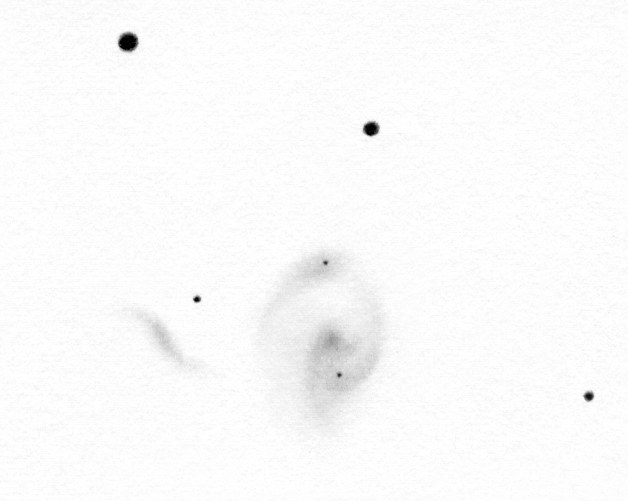
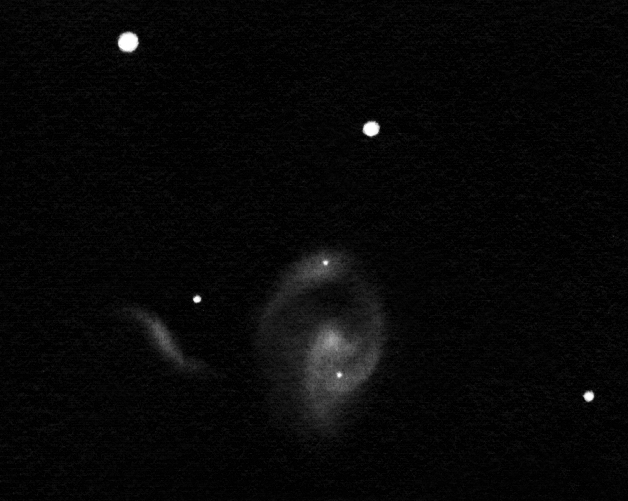
Arp 273 was my main objective for the 2014 summer astro-week at Ágasvár. I had already seen it before but all I remembered was that there are some details visible in it which are very hard to see. That time I had not have the opportunity to watch it for a long time and the details remained unclear. I remember I thought that it would be hard to draw it.
A couple of weeks before the 2014 camp I sticked post-it on the photo of Arp 273 in the book and didn't take a look at any other photo of the system either. It was very important for me to approach the eyepiece view with a clean unbiased mind.
Both galaxies are obviously visible in the vicinity of the bright stars but the details are hard to see. The central part of the smaller galaxy UGC 1813 to the left is relatively bright. But the curved edges are faint and hard. The real challange is to comprehend the details in the bigger galaxy UGC 1810. Maybe the easiest feature is the upper spiral arm with a bright spot below the star. By comparing the drawing with the photo it can be seen that there is a faint star above the spiral arm - probably I saw it as part of the spiral arm (I didn't see the star). The spot below the star can be the combined light of several star forming regions. The central region features some tiny but very interesting details. These are in good agreement with the photo. It is interesting that the galaxy's arms are much more extended (towards the bottom on the above drawing) than what I saw. Practically I haven't seen the whole lower part of the galaxy. By taking a look at photos that are not as good as the Hubble image it can be seen that the lower part of the galaxy is fainter than the rest.
In September 2014. we had the opportunity to take a look at this system in Jörg Peters' excellent 25" Dobsonian at the 30. ITT at the Emberger Alm, Austria. Unfortunately the seeing was very poor and we didn't see more details. Though we didn'd spend hours with this target. In the eyepiece of the 25" scope we could see as much as my 16" drawing shows in about 30 seconds.
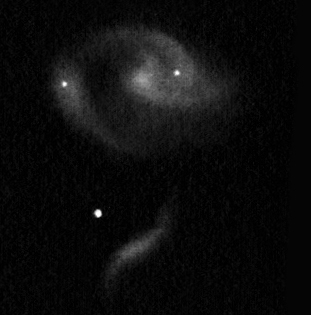
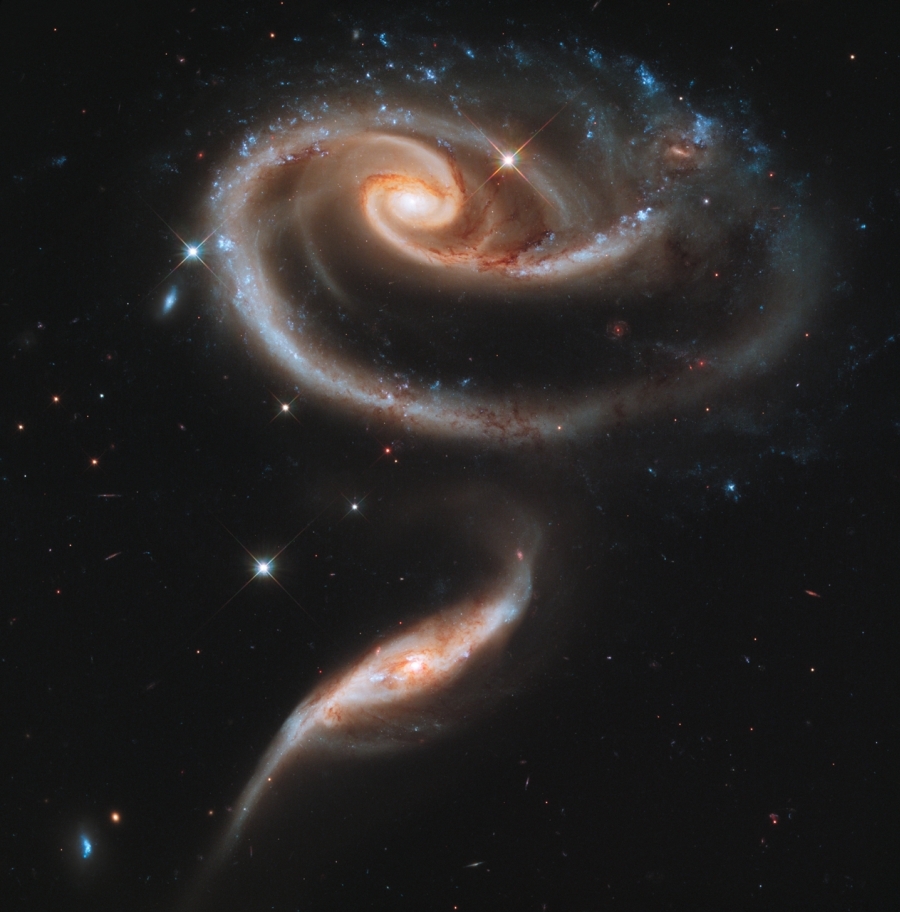
I think the Hubble image of Arp 273 needs no introduction. In my personal opinion this is probably the most aesthetic HST image of all. I rotated and cropped my inverted drawing to show about the same area of the sky as the famous image.
The eyepiece impression is very far behind the beauty of the photo but the most prominent features were visible. Regardless of the view being inferior to the photo it was a great feeling to be watching this system with my own eyes.
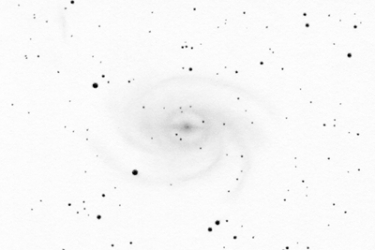
Pavo galaxy
The grand spiral galaxy of Pavo
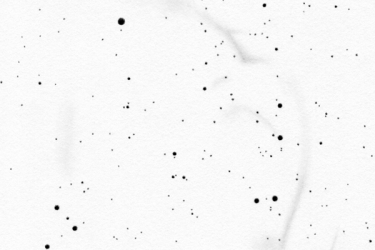
Panorama drawing
Huge and faint supernova remnant in the southern sky
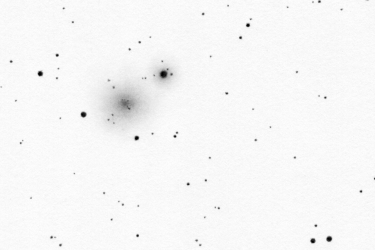
Centaurus globular cluster
The second globular in Centaurus

Apus globular cluster
Globular cluster close to the Southern celestial pole
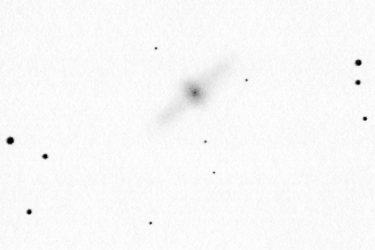
Centaurus galaxy
Polar ring galaxy
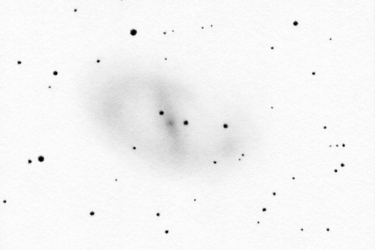
Ara galaxy
Barred spiral galaxy in the thick of the Milky Way